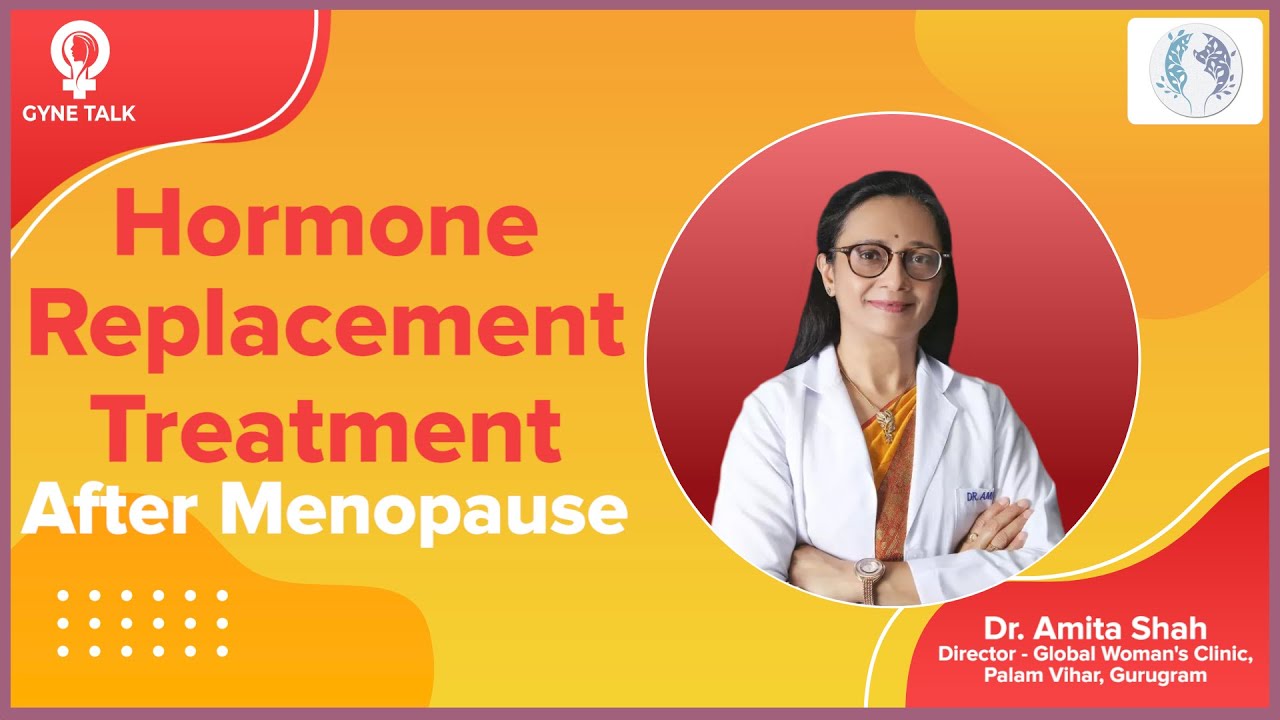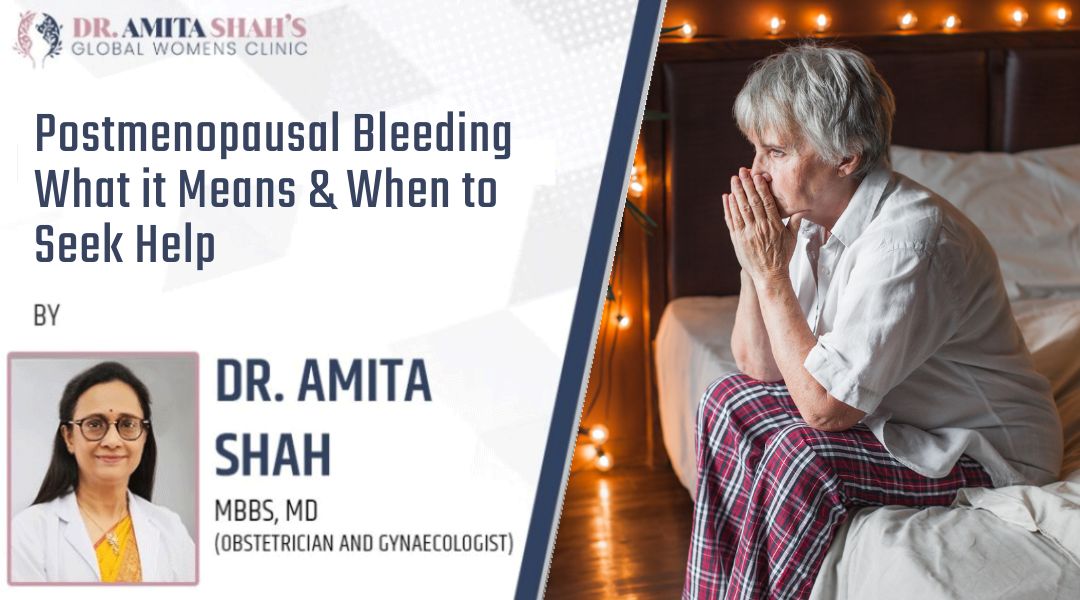Hormone Replacement Treatment For Menopause – HRT
Menopause or stopping of periods is a vital part in every woman’s life and women are often worried about experiencing the symptoms of menopause.
We can manage the symptoms of menopause by making changes in our diet and lifestyle. But in some patients, medical treatment is needed, and that treatment is called Hormone Replacement Therapy (HRT). Today, I will tell you about this.
We also call it HRT after menopause or Hormone Replacement Therapy. I am Dr. Amita Shah, Senior Consultant Gynecologist and Laparoscopic Surgeon from Gurgaon.
Hormone Replacement Therapy
Hormone Replacement Therapy (HRT) is helpful for symptoms like hot flashes, night sweats, high blood pressure, bone weakness, and vaginal dryness. It benefits women experiencing these issues during menopause.
However, there are some conditions where HRT should not be given. These include:

- Uncontrolled high blood pressure
- A family history of cancer, such as breast or ovarian cancer in your mother or sister
- A history of deep vein thrombosis (DVT), meaning blood clotting problems in the veins
- Liver disease or a history of liver problems
In these cases, HRT is not recommended.
(HRT works by replacing hormones that decrease during menopause, helping relieve symptoms like hot flashes and vaginal dryness. It also supports bone health, muscle strength, mood, and may reduce risks of diabetes and heart disease. However, doctors carefully balance the benefits against risks such as blood clots, breast cancer, and liver issues before prescribing HRT
Types of Hormone Replacement Therapy
HRT, or Hormone Replacement Therapy, can be of different types. It may involve giving only estrogen hormones, or a combination of both estrogen and progesterone. This therapy can be provided in various forms such as oral tablets, vaginal tablets, pessaries, implants, or vaginal creams.
Continuous Therapy
There are two main types of HRT. One is continuous therapy, where a patient is given a continuous dose of estrogen and progesterone tablets. This type is usually recommended for women who have already reached menopause. In such cases, a low dose combination of estrogen and progesterone is given.
Sequential Therapy
The second type is called sequential therapy. This is generally given to perimenopausal women or to those who still have their uterus. In this method, estrogen and progesterone are given for 21 days, followed by a 7-day break without hormones. This pattern helps maintain regular periods during the therapy.
Side Effects of HRT
HRT can also have some side effects. Some women may experience nausea, bloating in the stomach, or a feeling of heaviness. They may also have leg cramps or tenderness in the breasts. In some cases, swelling in the legs can also occur.
Risks of HRT
There are also certain risks associated with taking HRT. However, if we look at the absolute numbers, these risks are very low. Some of the possible risks include the development of high blood pressure, liver disease, breast cancer, or deep vein thrombosis — such as clotting in the legs or blood vessels. That’s why, whenever HRT is recommended, a proper risk-benefit analysis is always done to determine whether the therapy is more beneficial for reducing symptoms or if it poses a higher risk to the patient.
Conclusion
Once HRT is started, it should not be stopped suddenly. It needs to be gradually tapered off. So, whenever you consider taking HRT or Hormone Replacement Therapy, it’s very important to consult your doctor. They will do a proper risk-benefit analysis, take your complete medical history and family history, and assess whether HRT is suitable for you or not.







